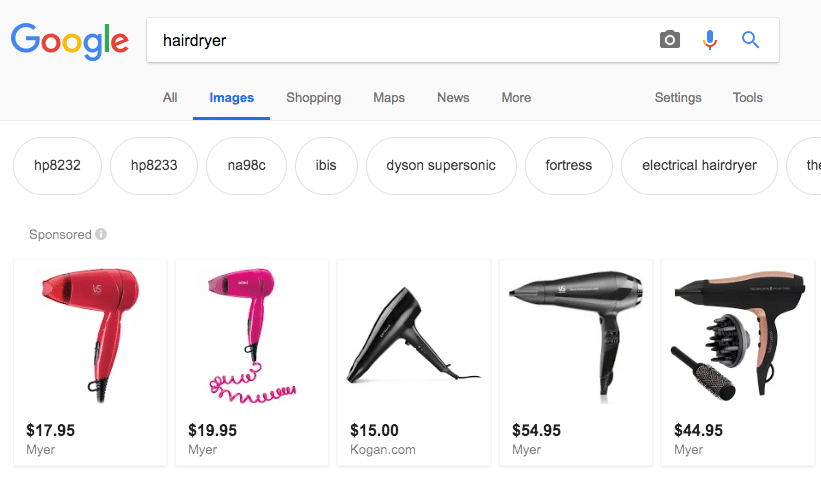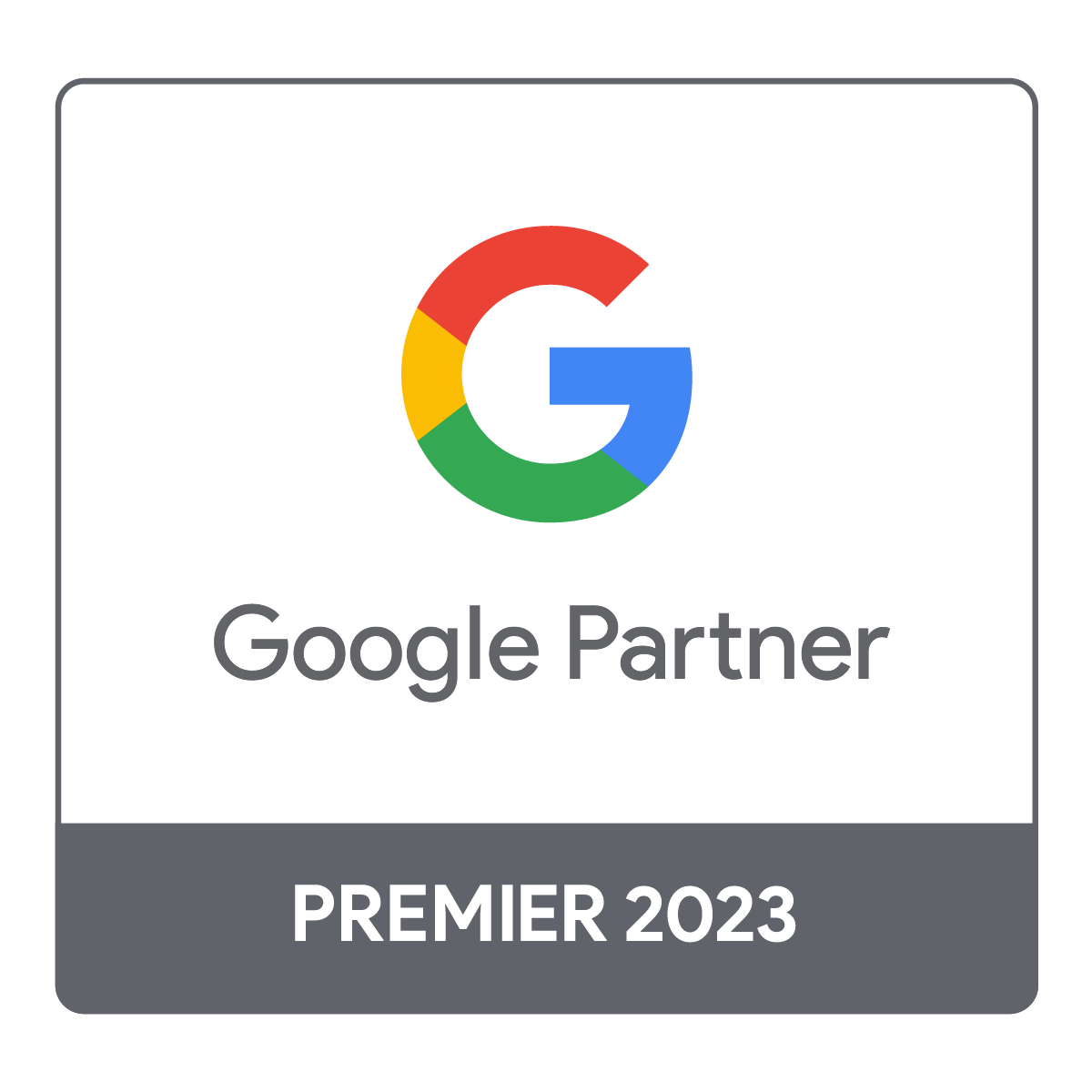Part One: 4 Things You Need to Know About Google Shopping Ads
With Christmas just around the corner, the time to capitalize amid the platform that’s “dominating retail search marketing” starts now!
Google Shopping, previously known as Google Products or Google Product Search, has fast become a powerful tool in attaining clicks and conversions, whereby a staggering 88% of consumers in Hong Kong have shopped online within the last 12 months alone.
Now, the online and offline experience are almost impossible to distinguish between; a true hallmark of any successful E-commerce business. Why? An online business that provides customers with an engaging, personalised and seamless shopping experience affirms brand reliability that transcends the screen.
Whether you’re striving to create a thriving omni-channel experience or to simply enhance your existing E-commerce platform, Google Shopping proves an integral factor when it comes to effective eCommerce marketing.
Here, we reveal 4 enthralling features about Google Shopping Ads that you need to know.
1. Best Showcase Your Brand

Google Shopping allows for a minimalistic yet incredibly powerful method for best advertising your products in the spotlight, while overall showcasing your brand. Simply put, this is where products are showcased to speak for themselves.
Just imagine, you sell hair products. A user performs a simple Google search such as ‘hair dryer’ and instantly, they’re provided with a sponsored Google Shopping ad outlining the “best dressed” options.
These products are sorted by ratings, product relevance according to the set product title and description, and of course, the highest campaign priority, which you assign, whereby the bid is also determined.
2. Master the Google Shopping Ad

Image via Google
When you’re all set up and ready to use Google Shopping, you’ll be able to start categorising your products in order to ensure your feed is both clean and easy to understand.
When organising your products, you can sort according to title, description, size, colour, availability, condition and more. In addition, it’s incredibly beneficial to optimize your product titles and descriptions, and to test various pricing formats in order to ensure the best value for money.
Based on your feed, bids and overall site, Google determines which search queries will trigger your ads. Due to this, both optimizing your feed and extensively bidding is integral to campaign success.
3. Google Shopping Ratings are All-Important

When it comes to the precise online shopper, it’s less about “any hairdryer” and more about “the best hairdryer” – this is where ratings come in.
Further from organising your products in relation to product title, relevance and description, Google also displays ratings and reviews to best answer the search query; especially if this includes “best” or “reviews” in the title.
It’s fair to think of your Google Shopping account structure in the same regard as the stockroom of a shop; where product inventory needs to be kept organised. Keeping this manner in mind, it’s vital to assure the structure of your account fulfils the objectives of your business, including budget control, intuitively subcategorising campaigns, and if you’re a big business – it’s worth testing a Smart Shopping campaign.
4. Revel in Optimal Performance Reports

Which products are bestsellers? Which products aren’t customers engaging with? For all of your questions, Google provides in-depth insights into your campaign performance.
With Google, you can attain thorough performance reports and monitor where and when your campaign is best performing. These areas include: product groups page, dimensions page, bid simulators, an auction insights report and more.
After you’ve received such performance data, you’ll then be able to make mandatory optimizations for best improving your campaign.
Tis’ the season! Stay tuned for Part Two next week as we provide invaluable insights into Facebook Shopping.
In the meantime, discover the power of short-lived content in our latest blog 6 Reasons Why You Need to Integrate Ephemeral Content and enrich your content marketing strategy today, or view our vlog What Is Negative SEO? and why you (seriously) need to be aware of it.












